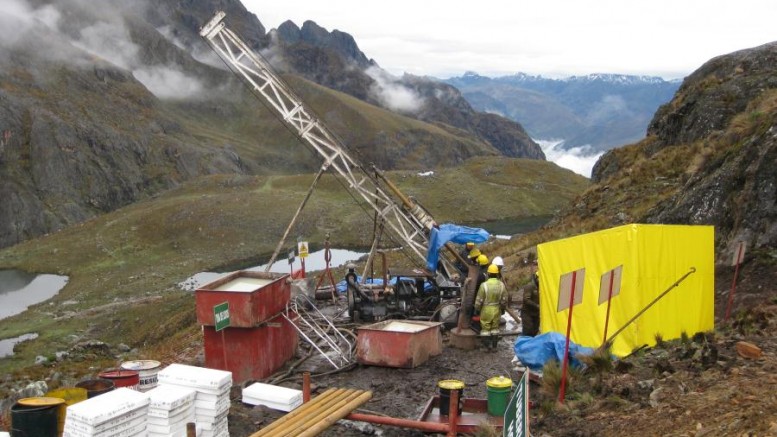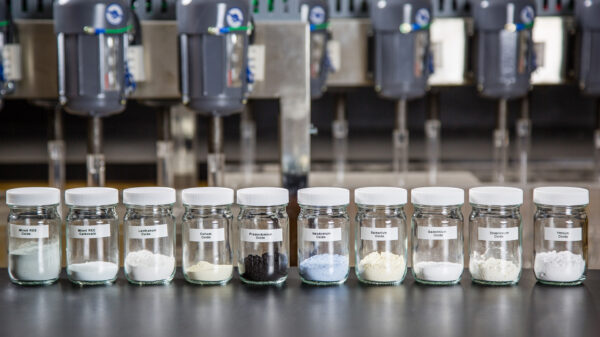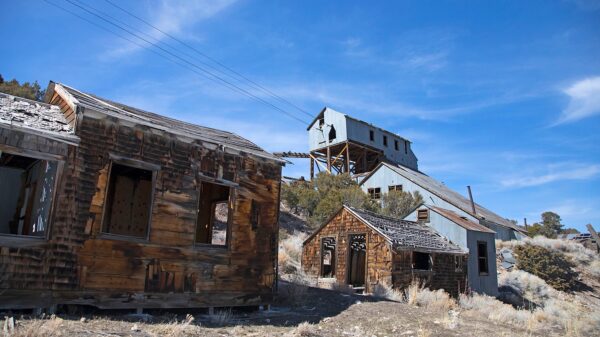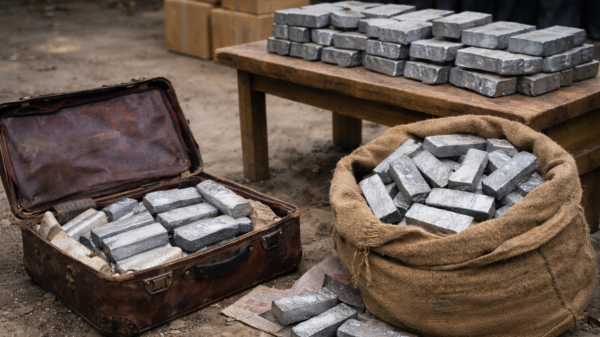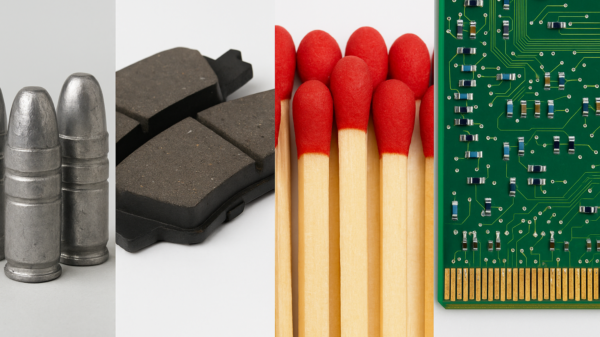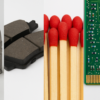GoldMining Inc. (TSE: GOLD) (NYSEAMERICAN: GLDG) is eyeing a potential boost to its Crucero project in Peru, driven by a strong rally in antimony prices.
Announced originally on Wednesday, the company plans to leverage recent validation work and legacy drill results to enhance its resource model, potentially adding significant value to the project.
The Crucero project, located in southeastern Peru’s Puno Department, has shown promising antimony and gold intersections in historical core samples. Hole DDH-43, for instance, returned 93 metres grading 1.08 grams per tonne gold and 0.69 per cent antimony starting at 71 metres depth. Additionally, hole DDH-37 cut 60 metres at 0.92 grams gold and 0.97 per cent antimony from 244 metres depth.
“We are very encouraged by the latest results that demonstrate the emerging opportunity to unlock additional value,” said Alastair Still, CEO of GoldMining.
The company believes incorporating antimony into its models could improve Crucero’s economics.
Antimony, classified by the U.S. Geological Survey as a critical metal, has seen soaring demand and prices. It is used in batteries, solar panels, flame retardants, and ammunition. Over the past year, antimony contracts in Shanghai tripled, rising from roughly USD$11,600 per tonne to about USD$55,000 per tonne, nearing record highs. Furthermore, this price surge has prompted mining companies like GoldMining to reassess previously overlooked deposits.
Crucero has a rich history. Prospectors first explored the site in 1996 and identified antimony, mainly as stibnite. However, low prices at the time discouraged further development. In addition, GoldMining sees the metal as increasingly strategic, further justifying a renewed focus on antimony.
Read more: NevGold’s latest Nevada drill results show exceptional gold mineralization
Read more: NevGold’s latest drill results extend priority target at Limo Butte by over 200 metres
GoldMining integrates antimony with gold in resource models
The project’s current gold resource, based on a 2017 estimate, includes 30.6 million tonnes indicated at 1 gram per tonne gold for 993,000 ounces. Inferred resources total 35.8 million tonnes at the same grade, yielding 1.2 million contained ounces.
GoldMining’s preliminary gold equivalent calculations use USD$2,200 per ounce for gold and USD$35,600 per tonne for antimony. This antimony price is roughly 35 per cent below today’s spot level. The company assumes 100 per cent gold recovery and 70 per cent antimony recovery for its internal model.
The antimony seems linked to brittle deformation that moved gold with arsenopyrite and stibnite in the A1 zone. This main target spans about 750 metres along strike and reaches 400 metres deep. Its geology suggests both gold and antimony could be mined together, potentially improving the project’s economics.
GoldMining’s Crucero database now includes 79 drill holes and 657 trench assays, totalling over 17,000 assay records. Of these, 13,296 contain original lab certificates, while the company is working with laboratories to locate the remaining archived certificates. In addition, ongoing work will focus on metallurgical performance and the integration of antimony into updated resource models.
Read more: NevGold closes its Nutmeg Mountain acquisition with Goldmining for $3 million
Read more: NevGold’s long intervals of antimony & gold mineralization turn heads
Gold demand for antimony has surged
Despite the promising data, GoldMining has not yet specified when a revised resource estimate incorporating antimony will be released. Nevertheless, the recent drill validation underscores the potential for both gold and antimony to contribute meaningfully to Crucero’s future economics.
Shares of GoldMining traded flat at CAD$1.10 on Tuesday, down roughly 6 per cent over the past 12 months. The company’s market capitalization stands at approximately CAD$219 million, reflecting the broader market’s cautious optimism while the Crucero project’s dual metal potential remains under evaluation.
Furthermore, the global demand for antimony has surged and the increased demand has prompted several companies to explore and develop antimony rich projects.
NevGold Corp (CVE: NAU) (OTCMKTS: NAUFF) (FRA: 5E50), a Canadian junior miner, is making significant strides in Nevada.
At its Limousine Butte project, historical drill results have uncovered gold-antimony intersections, including 93 metres grading 1.08 grams per tonne gold and 0.69 per cent antimony. Additionally, surface rock samples have shown up to 10 per cent antimony, while metallurgical tests reported recoveries of up to 92 per cent for antimony with minimal impact on gold recovery.
Meanwhile, Trigg Minerals (ASX: TMG) (OTCMKTS: TMGLF) is working on the Wild Cattle Creek project in Australia in pursuit of antimony. The company is focused on extracting antimony from the site, which could help diversify the global supply chain.
.
NevGold Corp is a sponsor of Mugglehead news coverage
.

